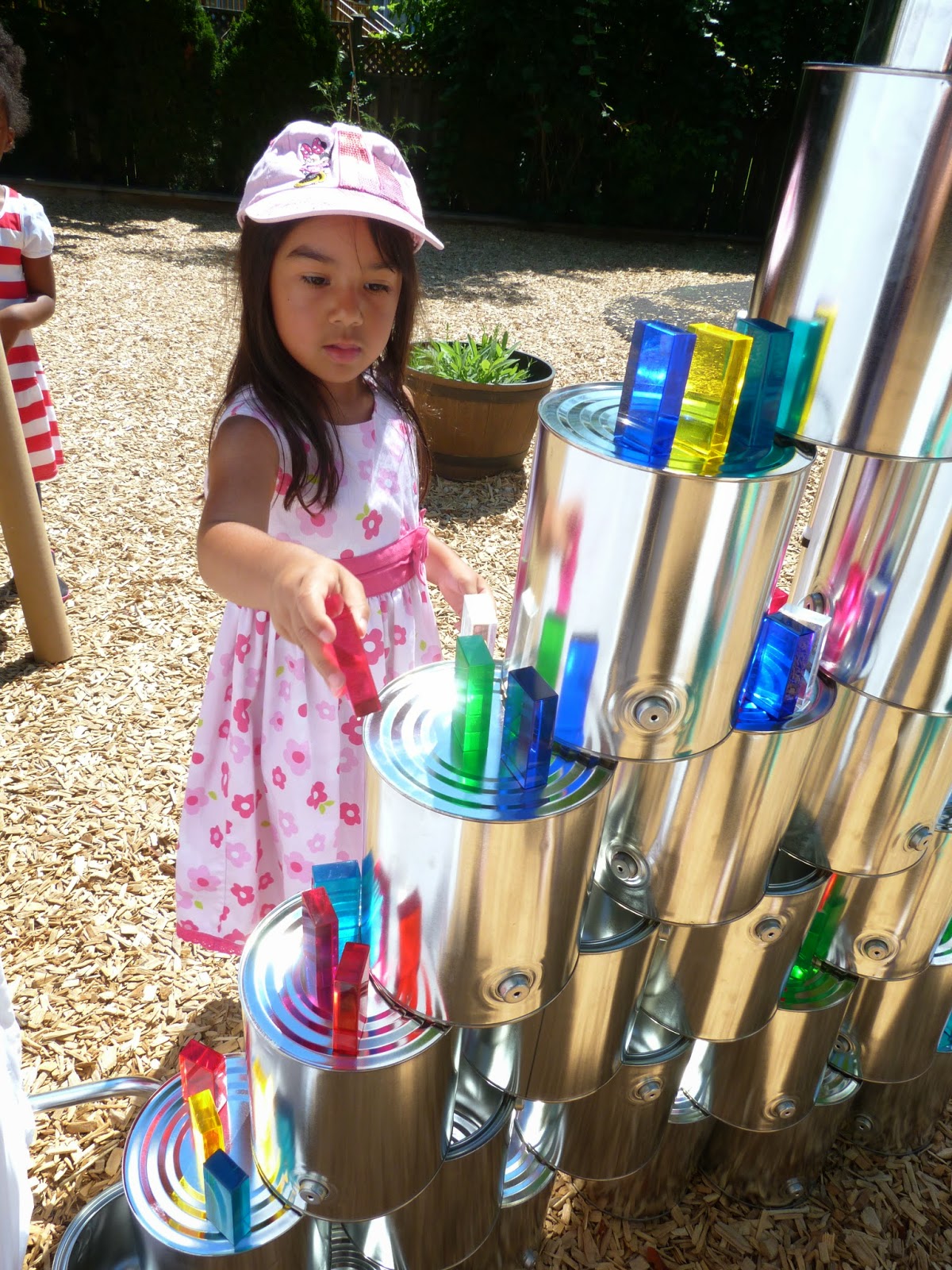There's been such a buzz of late with the concept of inquiry based learning. Especially since the new Full Day Learning for Kindergarten in Ontario is based on this model. Truth be told, there have been small pockets of child care centres in Canada that have been following this model for a very long time.
Call it what you will; inquiry based, project work, child initiated, inspired learning, they all find their root in the Reggio Approach.
Twenty years ago, I discovered this unique system. Today I'm still discovering the Reggio Approach. You'd think after three visits to Italy, countless workshops, trips to the US, conferences and teaching at Centennial College, that I'd be a master.
Think again.
I'm a student!
There are so many challenges in this type of system.
How do you follow the lead of the children?
Are you truly basing your work on their inquiry, their thinking and theory?
Are you deconstructing their thoughts and then assisting them in constructing new knowledge?
What materials do you offer, what languages will best support the inquiry, how are the children being engaged in the process... The questions go on.
Then you must document, record the journey of learning and use it to support further investigation.
It is so easy to get caught up in the wonderful posts of pinterest, facebook and blogs but you should proceed with caution.
This work, if authentic is based on the experiences of the working group and should be used only if they fit your experiences.
You cannot fit the work to the experience. Chances are it may not turn out as planned.
Just my thoughts.
.
































.JPG)
.JPG)



.JPG)












